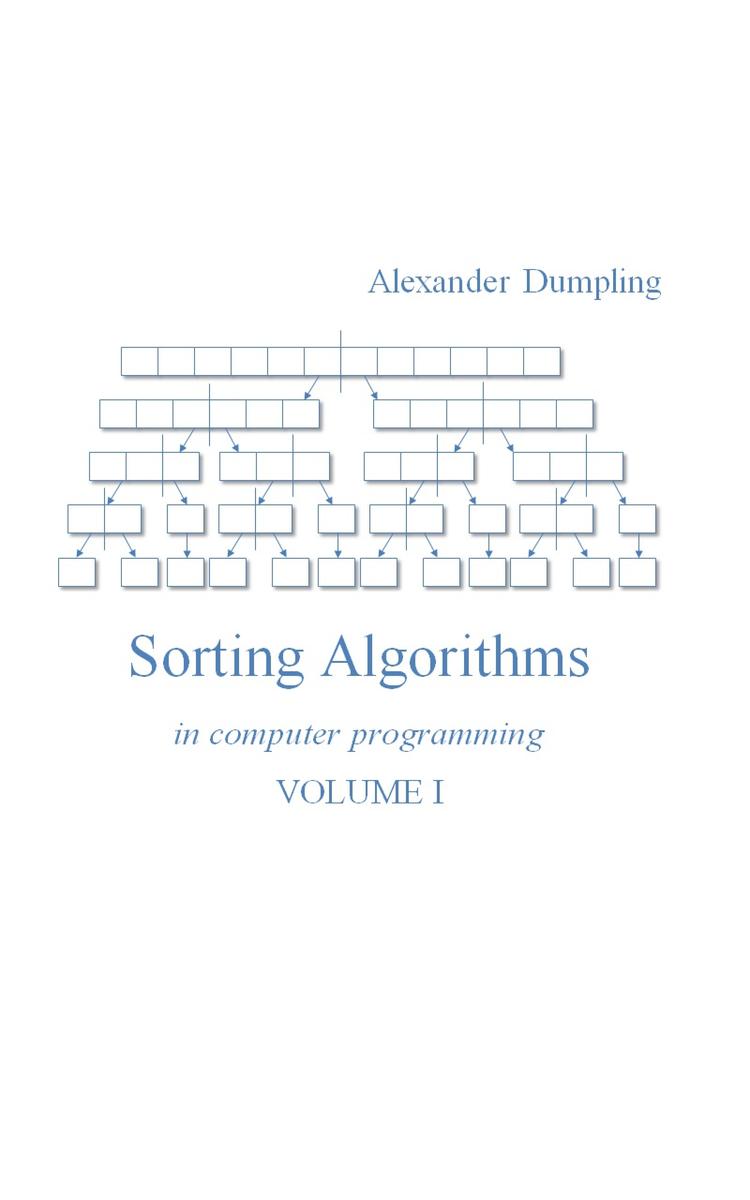
Sorting Algorithms In Computer Programming: Volume 1
¥163.50
Sorting Algorithms In Computer Programming: Volume 1
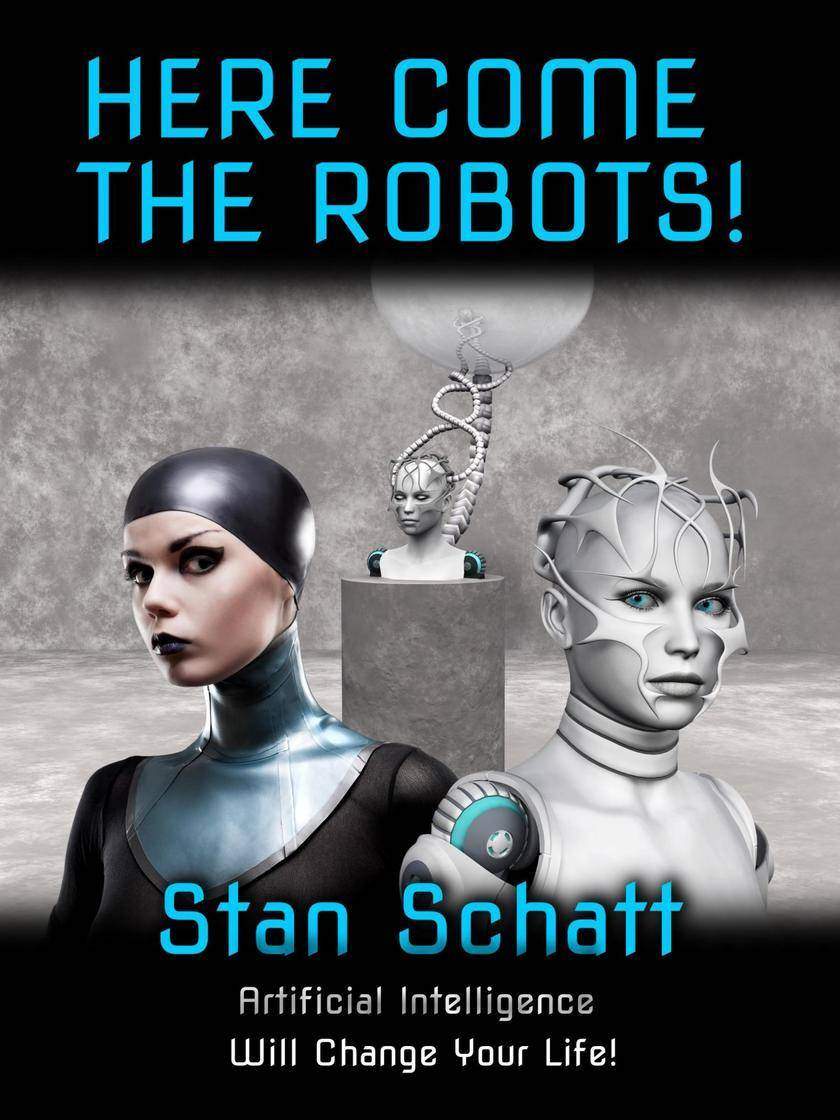
Here Come The Robots!
¥24.44
Here Come The Robots!

Binary Search Trees in Computer Programming
¥163.50
Binary Search Trees in Computer Programming
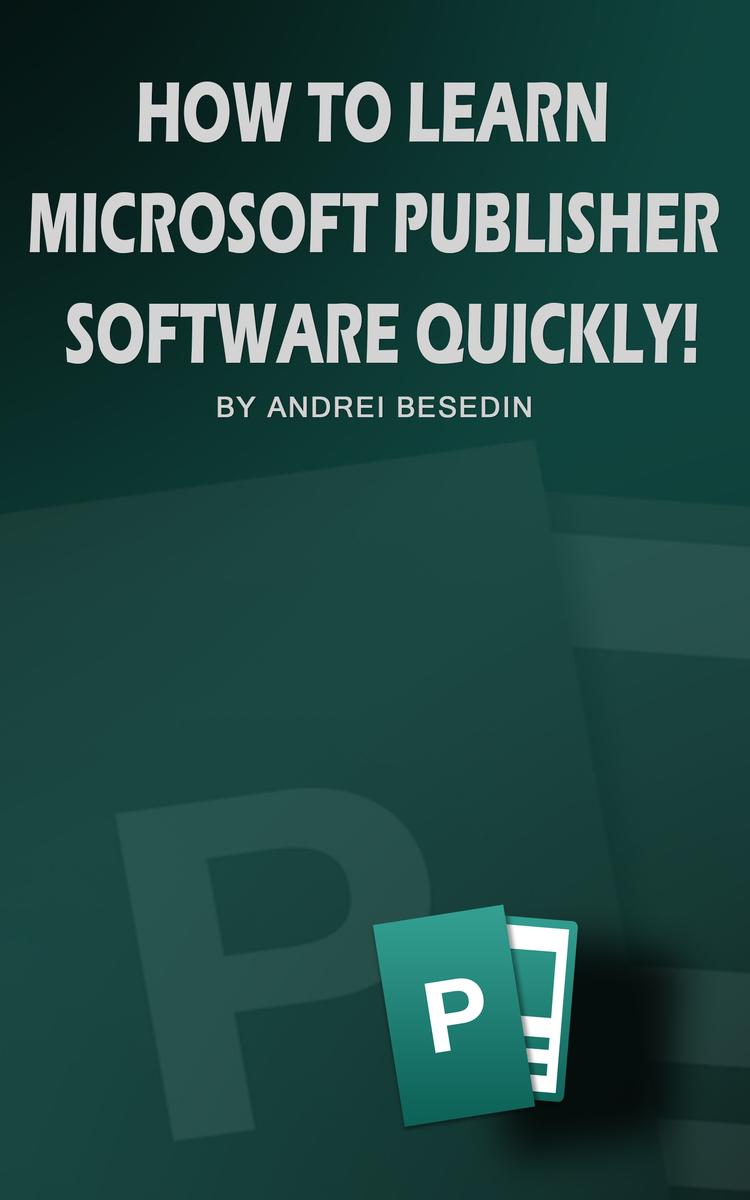
How to Learn Microsoft Publisher Software Quickly
¥24.44
How to Learn Microsoft Publisher Software Quickly

Narrative Design for Indies: Getting Started
¥40.79
Narrative Design for Indies: Getting Started
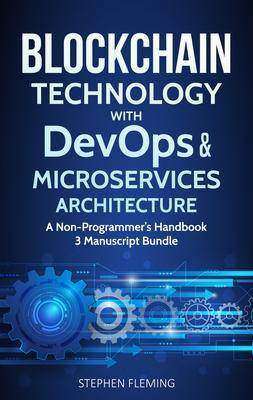
Blockchain Technology with DevOps and Microservices Architecture: A Non-Programm
¥27.82
Blockchain Technology with DevOps and Microservices Architecture: A Non-Programmer's Handbook

Bitcoin Explained: Become a Bitcoin Millionaire in 2018
¥24.44
Bitcoin Explained: Become a Bitcoin Millionaire in 2018
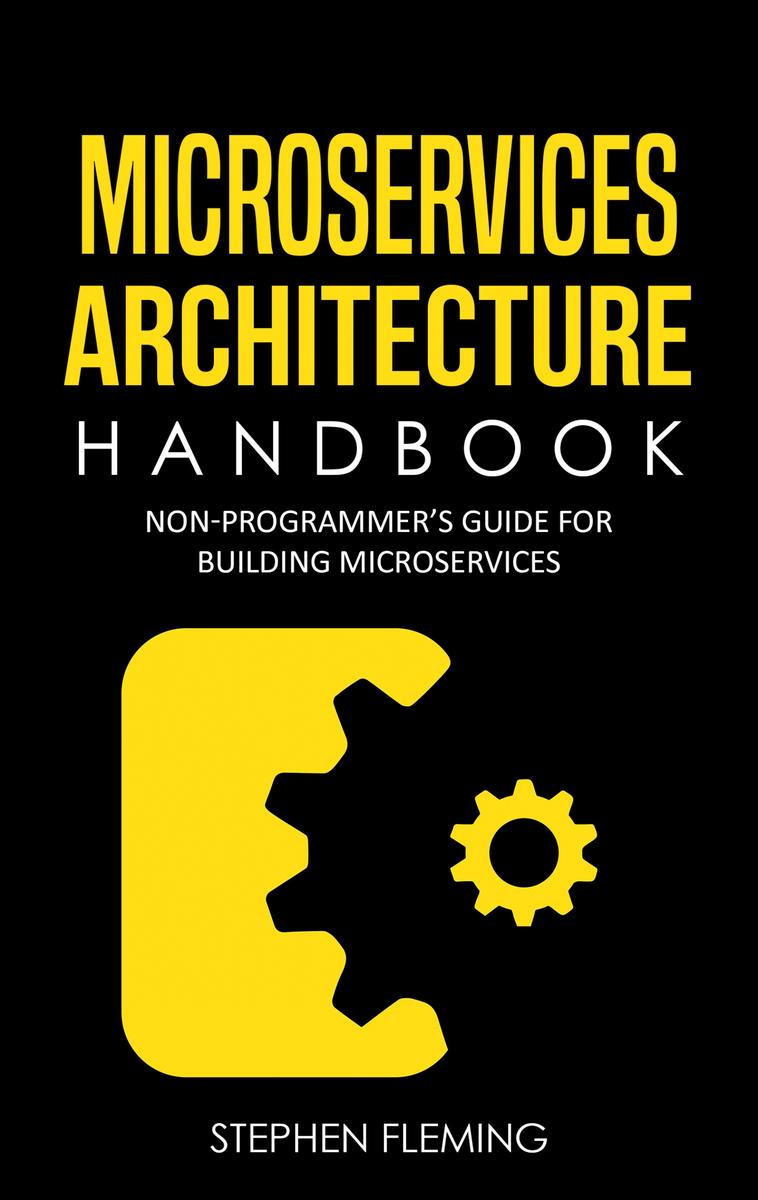
Microservices Architecture Handbook: Non-Programmer's Guide for Building Microse
¥24.93
Microservices Architecture Handbook: Non-Programmer's Guide for Building Microservices
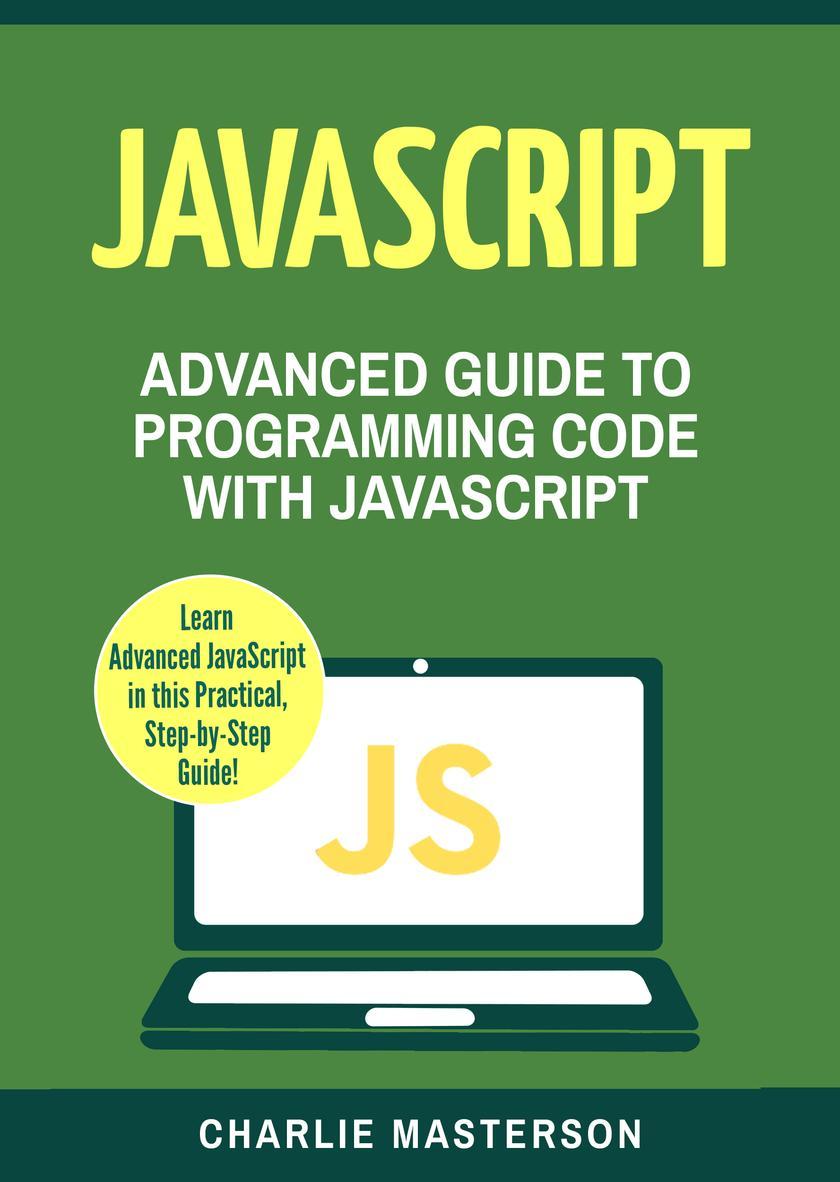
JavaScript: Advanced Guide to Programming Code with JavaScript
¥24.44
JavaScript: Advanced Guide to Programming Code with JavaScript
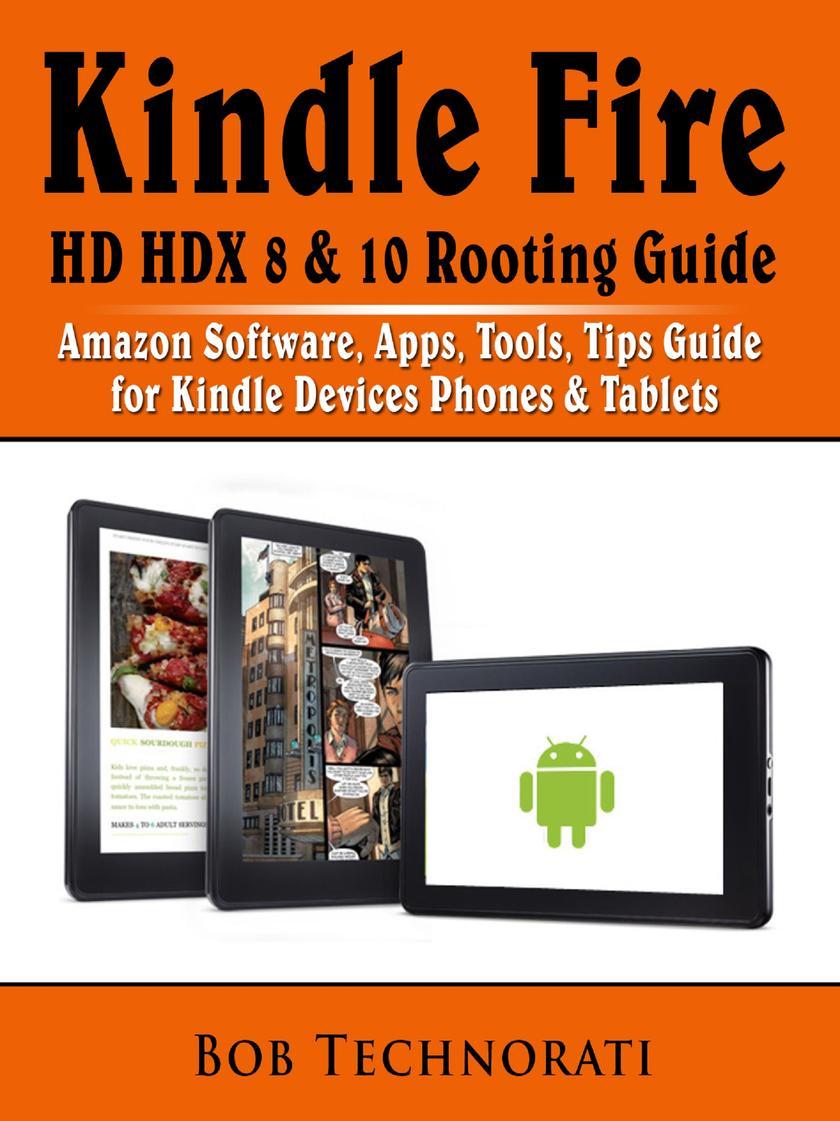
Kindle Fire HD HDX 8 & 10 Rooting Guide
¥40.79
Kindle Fire HD HDX 8 & 10 Rooting Guide

Finding Hamiltonian paths in traceable graphs with a polynomial-time algorithm
¥1635.00
Finding Hamiltonian paths in traceable graphs with a polynomial-time algorithm
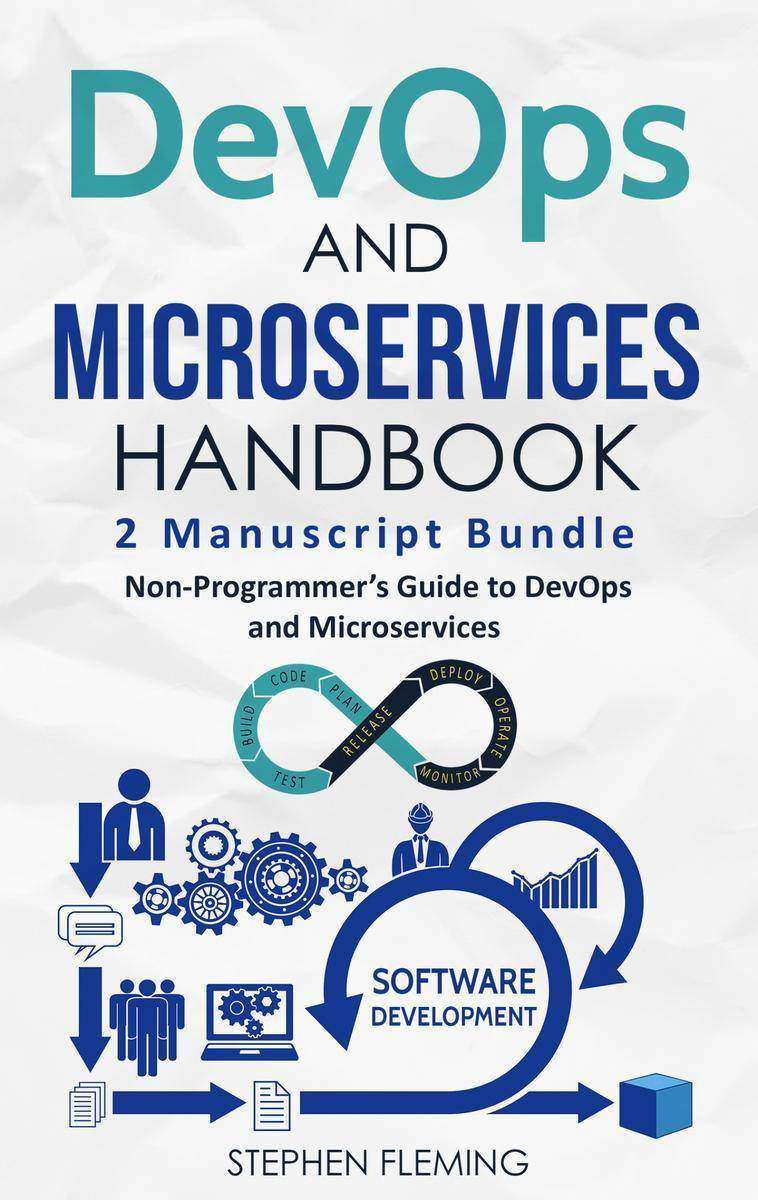
DevOps and Microservices: Non-Programmer's Guide to DevOps and Microservices
¥29.18
DevOps and Microservices: Non-Programmer's Guide to DevOps and Microservices
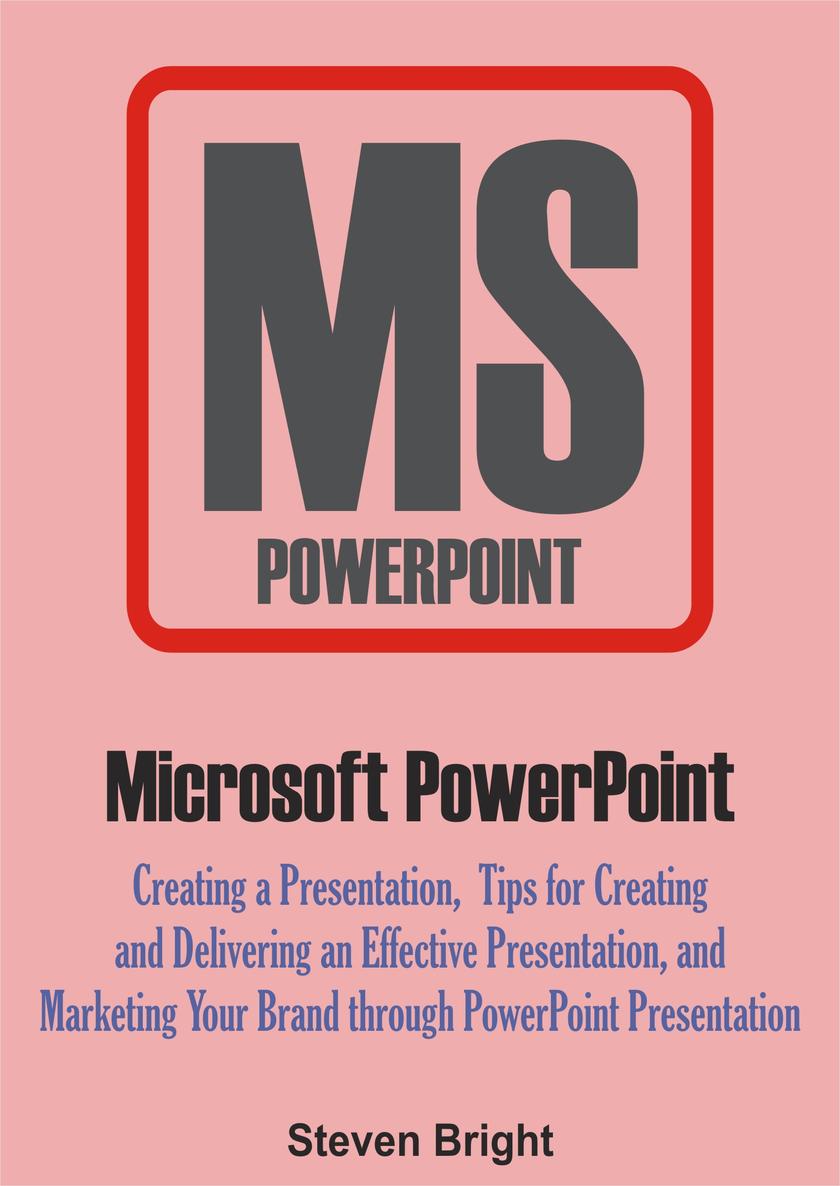
Microsoft PowerPoint
¥20.44
Microsoft PowerPoint
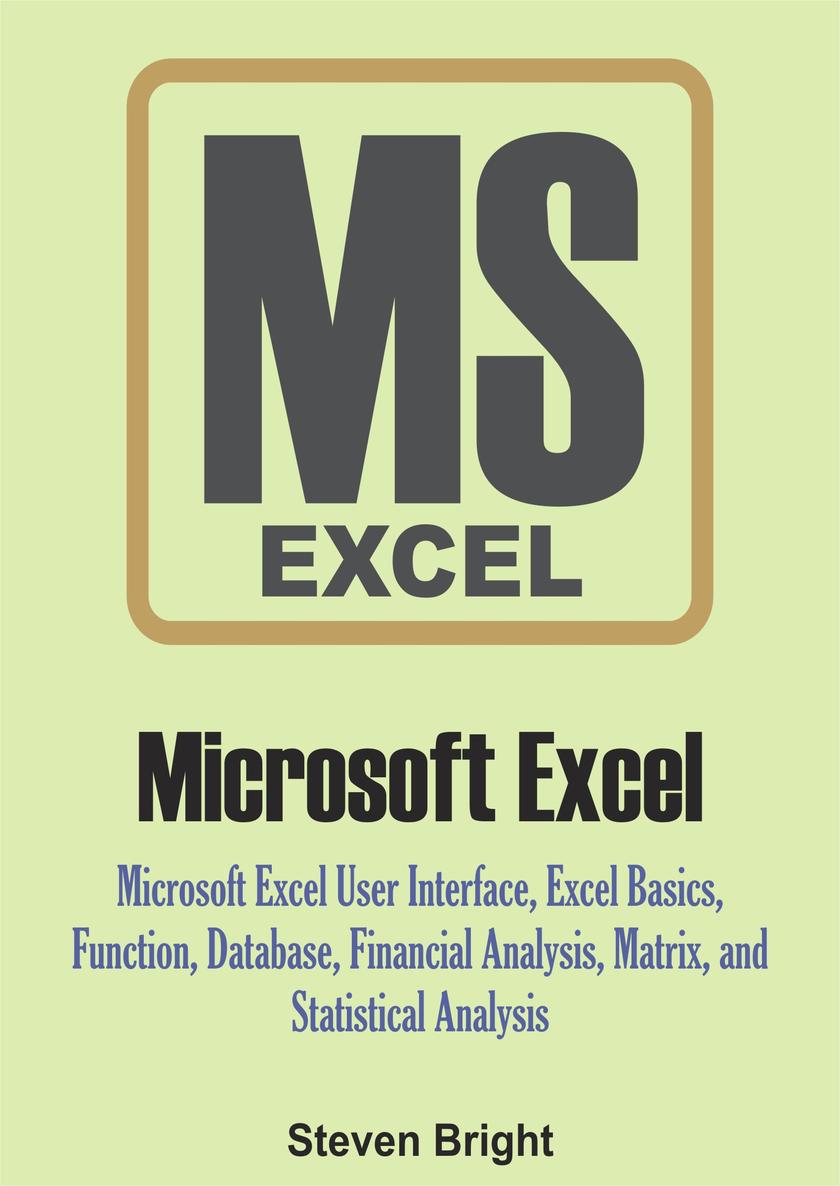
Microsoft Excel
¥28.61
Microsoft Excel
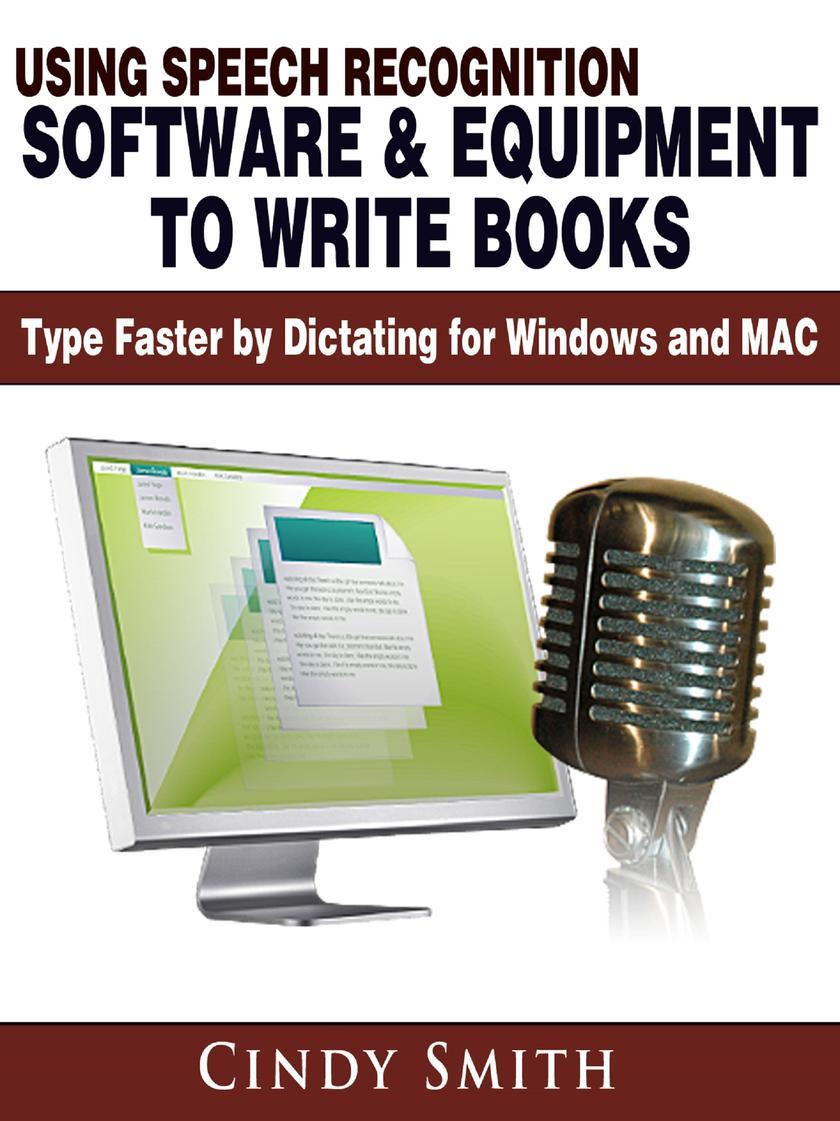
Using Speech Recognition Software & Equipment to Write Books
¥40.79
Using Speech Recognition Software & Equipment to Write Books
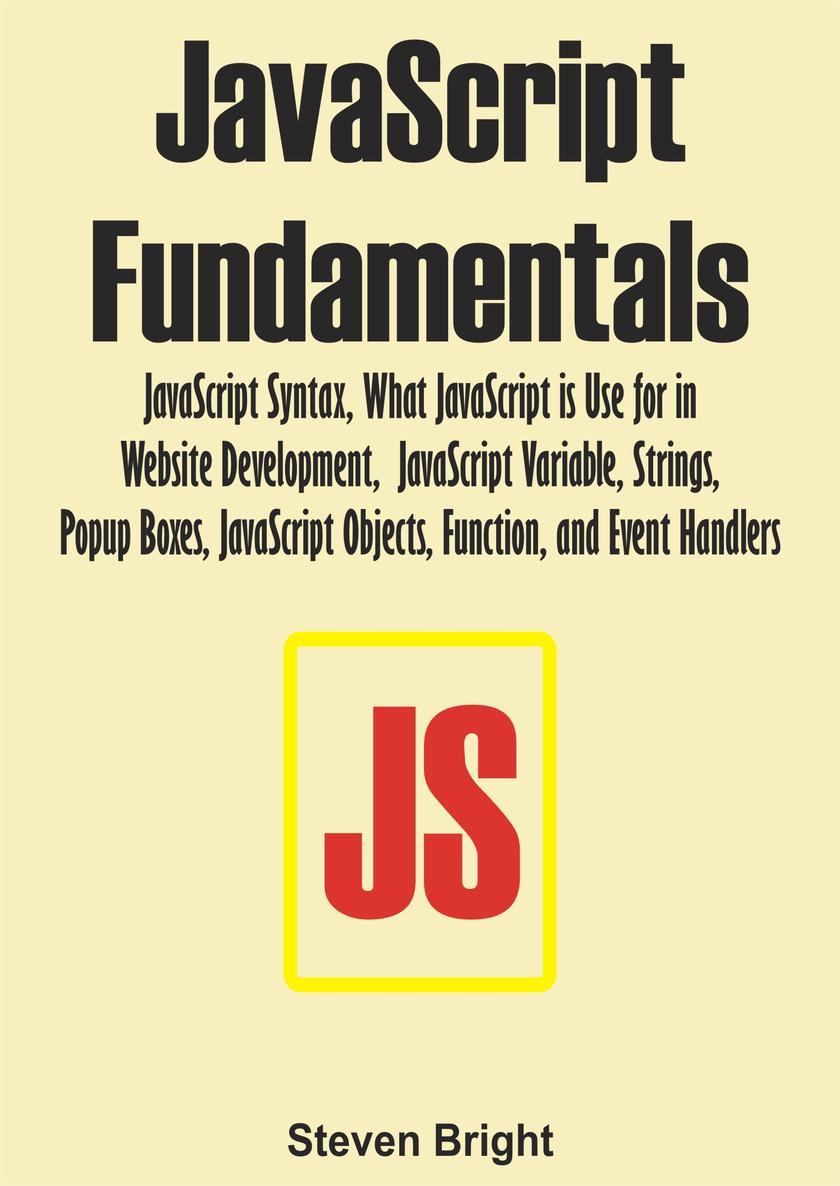
JavaScript Fundamentals
¥28.61
JavaScript Fundamentals
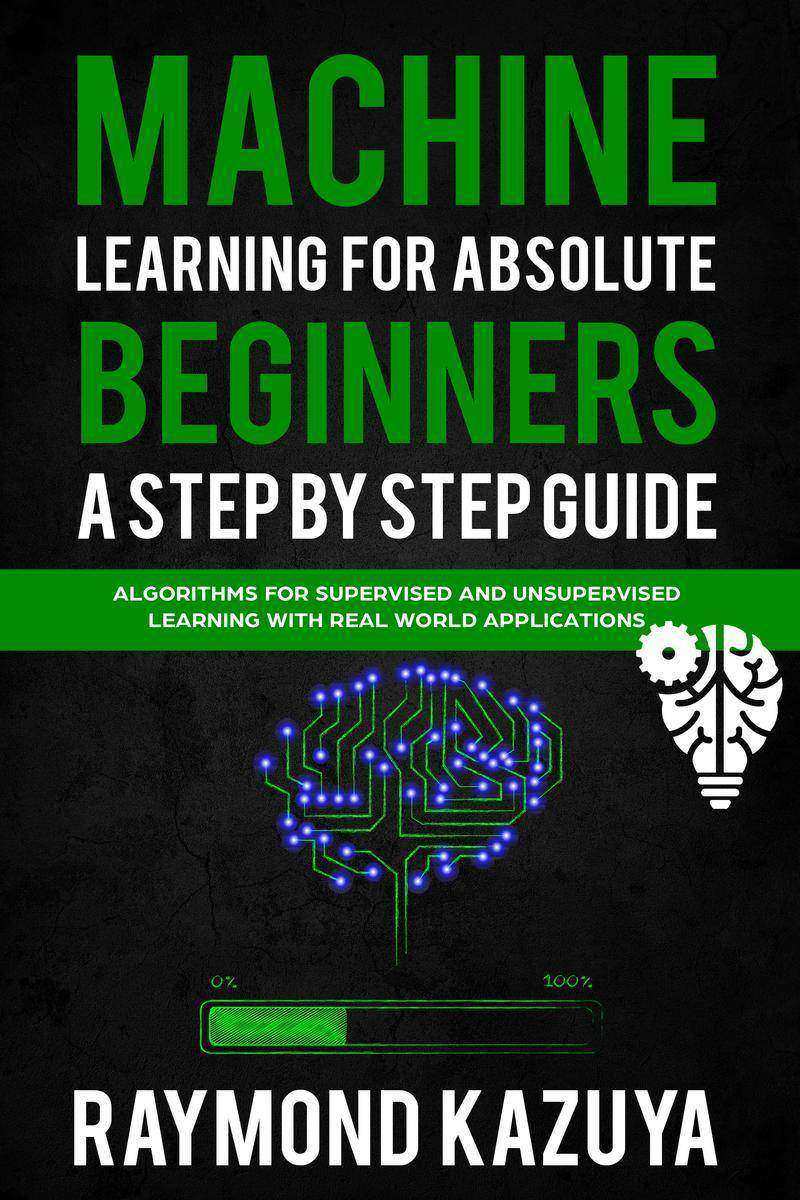
Machine Learning For Absolute Begginers A Step By Step Guide
¥32.62
Machine Learning For Absolute Begginers A Step By Step Guide

How To Jailbreak Amazon Fire Stick TV Alexa: How to Unlock Channels & Apps Step
¥40.79
How To Jailbreak Amazon Fire Stick TV Alexa: How to Unlock Channels & Apps Step by Step Guide
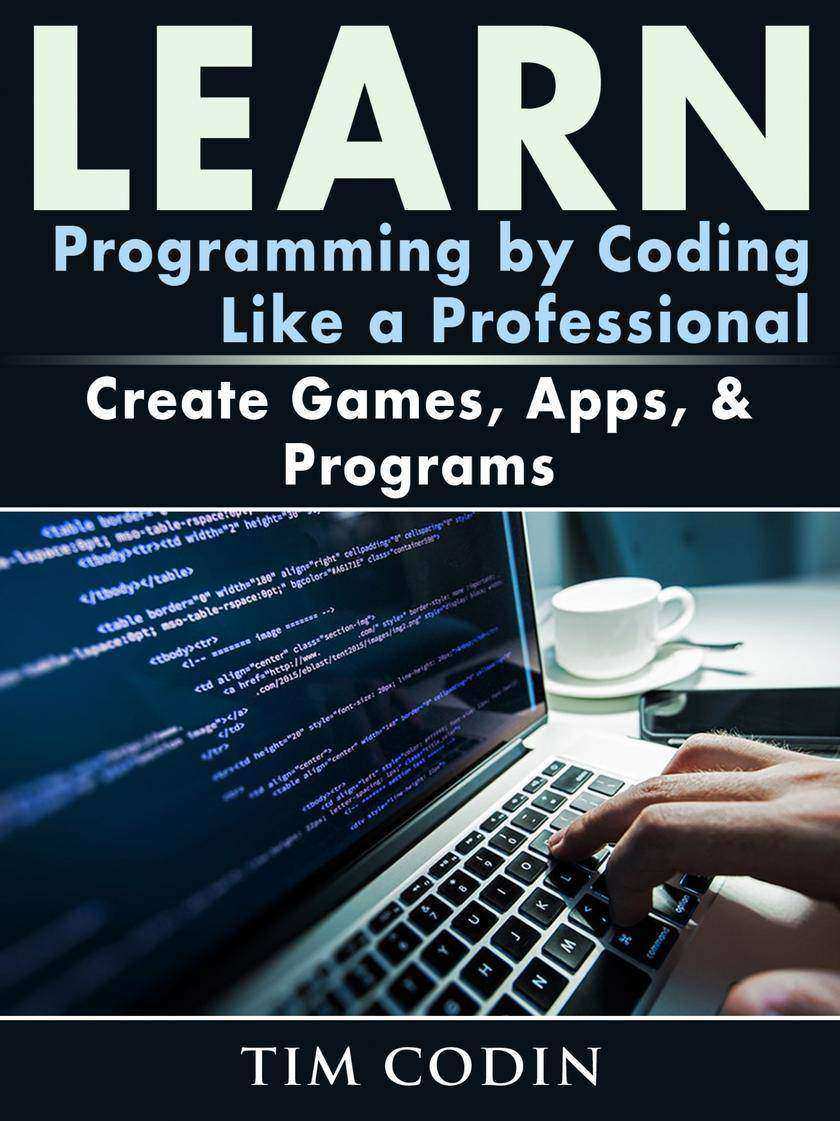
Learn Programming by Coding Like a Professional: Create Games, Apps, & Programs
¥40.79
Learn Programming by Coding Like a Professional: Create Games, Apps, & Programs
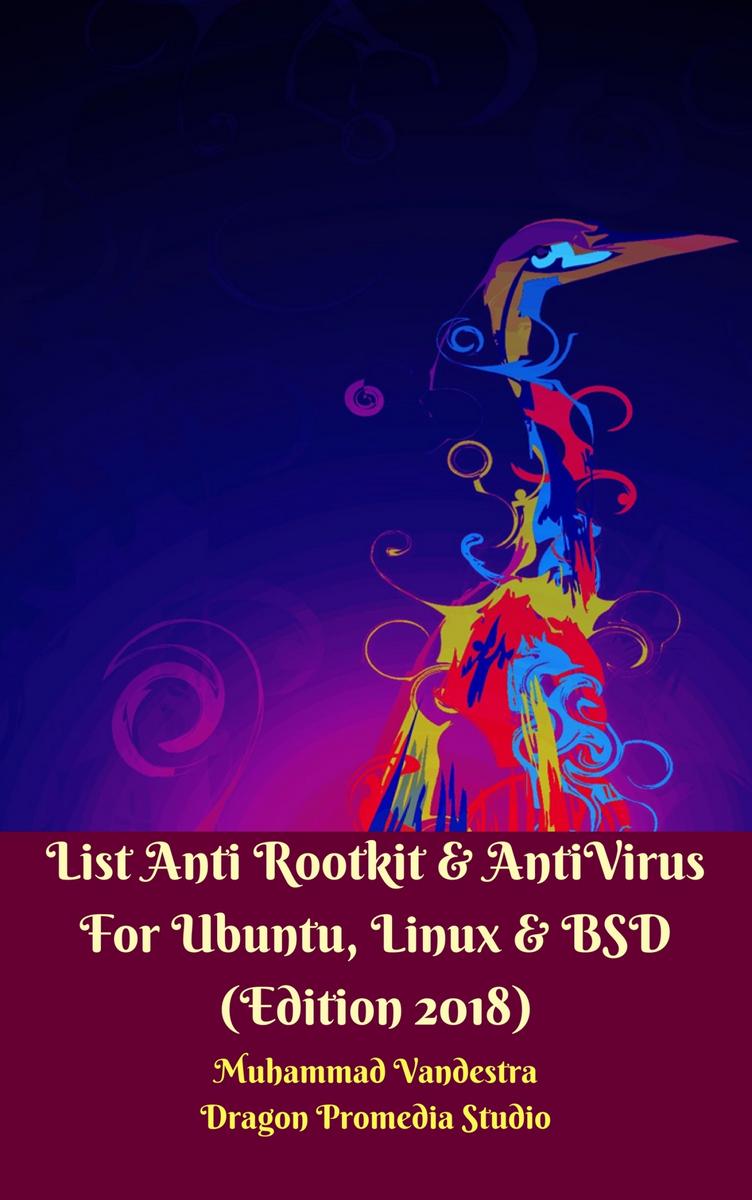
List Anti Rootkit & AntiVirus For Ubuntu, Linux & BSD: Edition 2018
¥16.27
List Anti Rootkit & AntiVirus For Ubuntu, Linux & BSD: Edition 2018
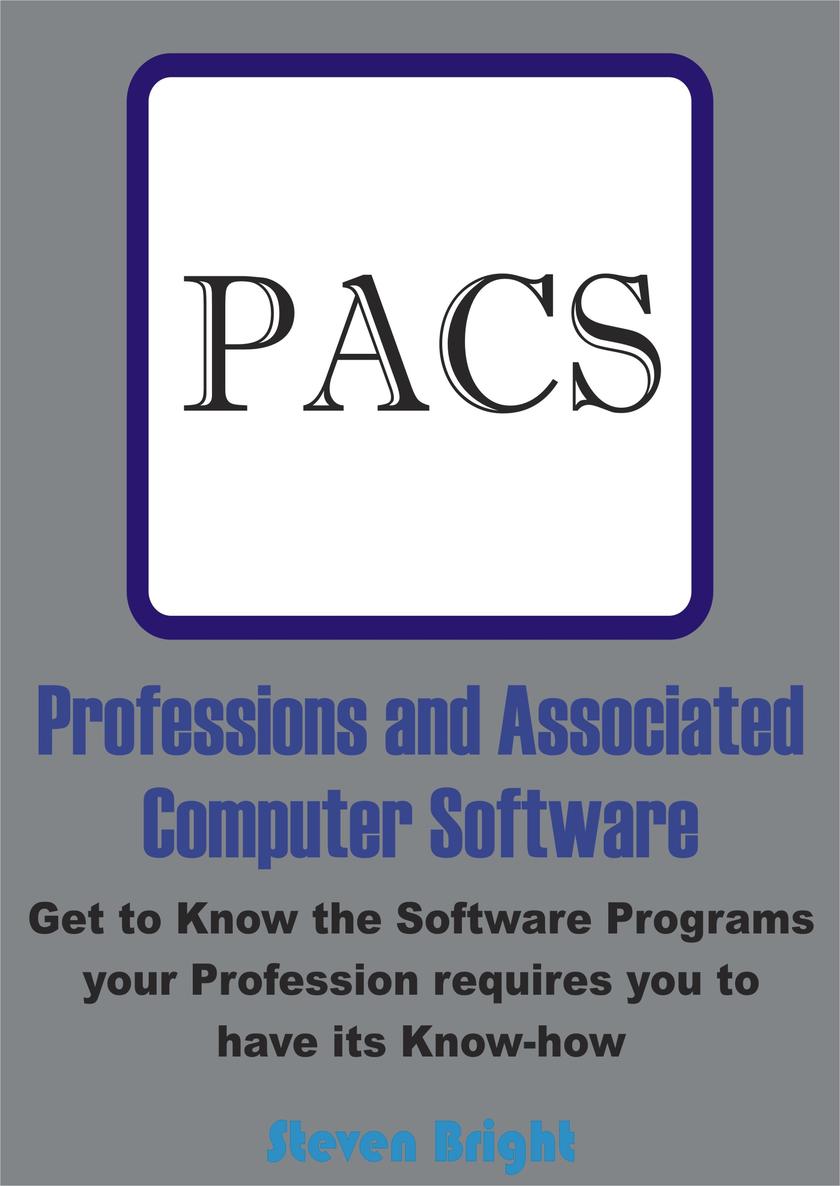
Professions and Associated Computer Software
¥13.90
Professions and Associated Computer Software




 购物车
购物车 个人中心
个人中心



